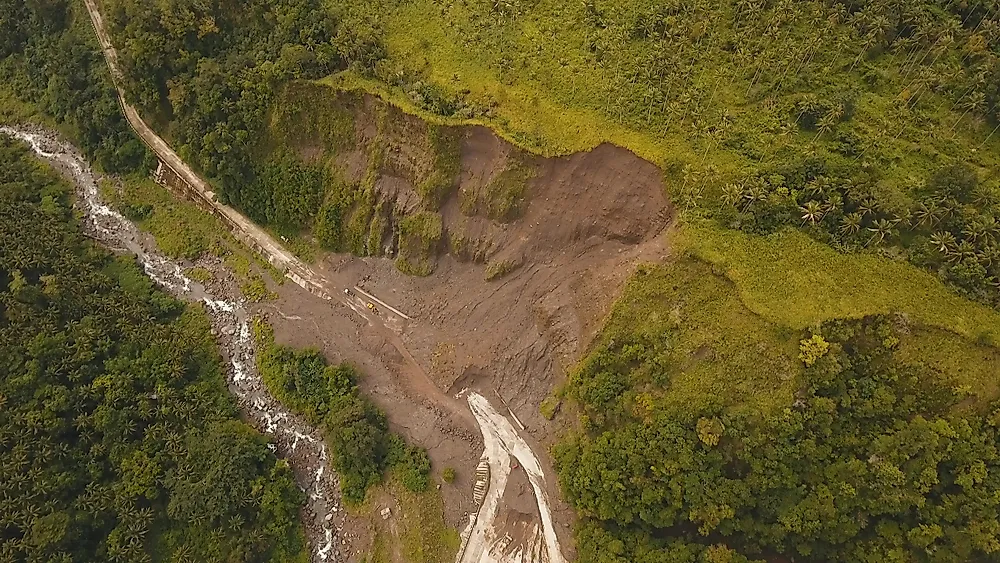What Is The Difference Between A Landslide And An Avalanche?

Landslides and avalanches are natural geological tragedies which have caused economic damages, injuries and the loss of lives for centuries. These geological disasters occur on slanted regions and they can cause massive damages especially when they occur near residential areas. The impact of either an avalanche or a landslide is defined by the underlying geology, speed of flow, distance traveled, and generated debris.
What Is a Landslide?
A landslide is the outward and downward movement of numerous materials like earth and debris on a wet slippery surface. Landslides include 5 types of slope movements: flows, spreads, slides, falls, and topples. The term "landslide" encompasses a broad assortment of ground movements like debris flow, mudflow, deep-seated slope failures, and rockfalls. Landslides can also take place underwater (submarine landslide), and in coastal environments. Although gravity is the vital driving force of landslides, there are many other factors like deforestation which affect the stability of the slopes.
What Is an Avalanche?
An avalanche is a geological phenomenon which occurs during winter. It is the movement of a large mass of ice or snow down a sloppy terrain. The movement of debris or rocks down a slope in a similar manner is also known as avalanches. An avalanche is triggered by the unique interaction between the terrain, weather, and the snow. Numerous human activities like skiing can also trigger an avalanche. Avalanches tend to grow in volume and mass as they accelerate down the slope. When the snow is accelerating at a very high speed, some of the snowflakes can blend with air and create a gravity current known as powder snow avalanche.
The most dangerous type of avalanche is the slab avalanche which accounts for over 90% of the total avalanche-related tragedies in the world. It is the movement of a cohesive block of ice sliding down a slope. Ice avalanches occur when big pieces of ice fall on the snow and trigger the downward movement of broken ice-chunks.
Difference Between a Landslide and an Avalanche
Causes
Avalanches occur in mountainous regions with a thick snow cover while a landslide occurs in sloppy places with loose and muddy soil. Landslides involve the movement of a large mass of earth down a slope and they can be caused by various factors including poor soil structure, rainfall, drought, erosion, and seismic activities (earthquakes). An avalanche is the movement of large snow volumes. An avalanche can be caused by vibrations from an earthquake or in severe conditions loud sounds can disrupt the snow.
Prevention
Numerous human activities like deforestation, construction, and cultivation destabilize the fragile mountain terrain. Trees hold the soil together and disrupting the soil structures can result in a landslide. Other activities like the use of explosions and vibrations from the traffic and machinery can cause landslides. Therefore, protecting of forests and planting more trees can help prevent a landslide by improving the soil structure. The likelihood and size of an avalanche can be reduced by disrupting the structure of a snowpack. Therefore, numerous simple control measures like ski-cutting and boot-packing can help stabilize the snows. Explosives can also be used to initiate smaller avalanches which helps reduce the instability of the snowpacks.











